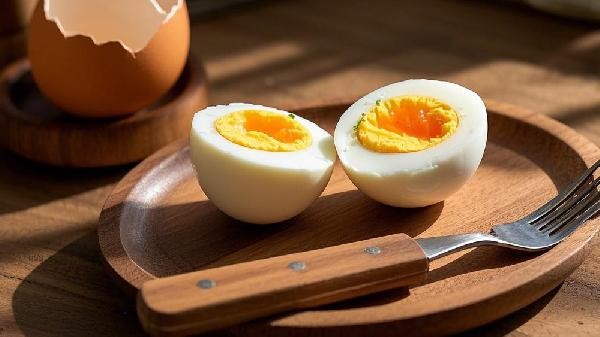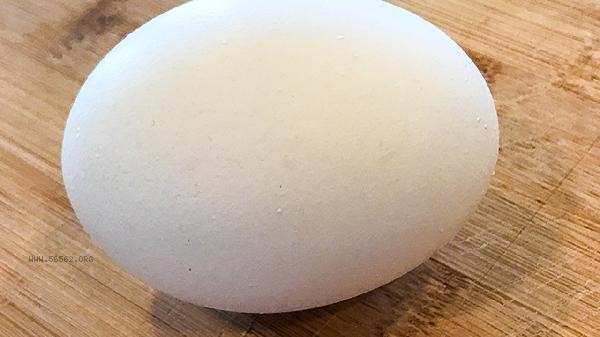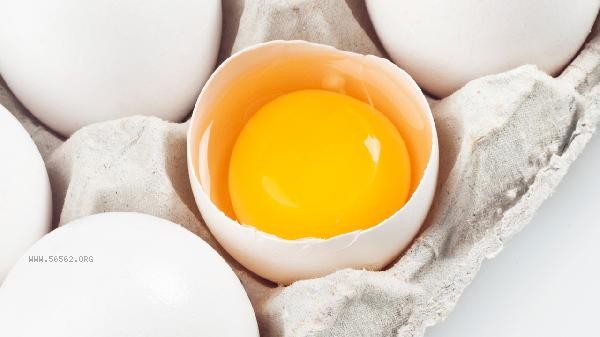The main methods for quickly removing eggshells include hot water soaking, cold water impact, rolling and pressing, blowing, and spoon assisted methods.

1. Hot water soaking method
Soak boiled eggs in cold water for 1 minute, then transfer to hot water and soak for 10 seconds. Alternating between hot and cold can create gaps between the eggshell and the protein, which can be easily peeled off by gently tapping the eggshell. Note that the water temperature should not be too high to avoid burning your fingers. This method is suitable for batch processing of eggs, with high efficiency and the ability to maintain the integrity of the egg body.
2. Cold water impact method
After removing the boiled egg, immediately rinse it with flowing cold water for 20 seconds, while gently rubbing the surface of the eggshell with your hands. Cold water can quickly lower the temperature of the eggshell, causing the egg membrane to contract and detach from the eggshell. This method is simple and fast to operate, especially suitable for freshly cooked hot eggs, but it should be noted that the water flow should not be too strong to avoid crushing the protein.
3. Rolling and Pressing Method
Place the boiled egg on the table, gently roll it with your palm and apply even pressure to create fine cracks on the eggshell. Starting from the rounder end of the egg, it can tear off a large piece of the shell. This method does not require additional tools, but requires appropriate force to avoid crushing the protein.

4. Blowing method
Make small holes at both ends of the egg and aim your mouth at one of the holes to blow air forcefully. The air pressure will cause the eggshell to separate from the protein, at which point the eggshell will completely detach. This method is suitable for situations where a complete shell is desired, but hygiene issues should be taken into account. Before blowing air, alcohol swabs can be used to clean the surface of the eggshell.
5. Spoon assisted method
Use the back of the spoon to lightly tap the middle of the egg to form a circular crack, insert the edge of the spoon between the eggshell and the egg white, and rotate it once. The curvature of the spoon can fully pry open the eggshell, especially suitable for fragile eggs such as soft boiled eggs. Choosing a stainless steel spoon with a thin edge yields better results. When operating, pay attention to controlling the angle to avoid puncturing the egg yolk.

When handling eggs in daily life, you can choose eggs with air chambers for easier molting, and eggs with moderate freshness have better molting effect. Adding a small amount of salt or white vinegar when cooking eggs can help solidify the protein and make the separation of the eggshell smoother. It is recommended to consume or refrigerate peeled eggs as soon as possible to avoid bacterial growth. For situations where a large amount of eggs need to be processed, professional electric egg peelers can be considered to improve efficiency, but manual methods are recommended for more economical and practical household scenarios.








Comments (0)
Leave a Comment
No comments yet
Be the first to share your thoughts!